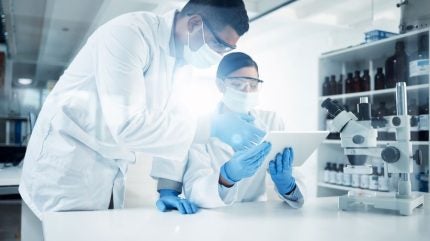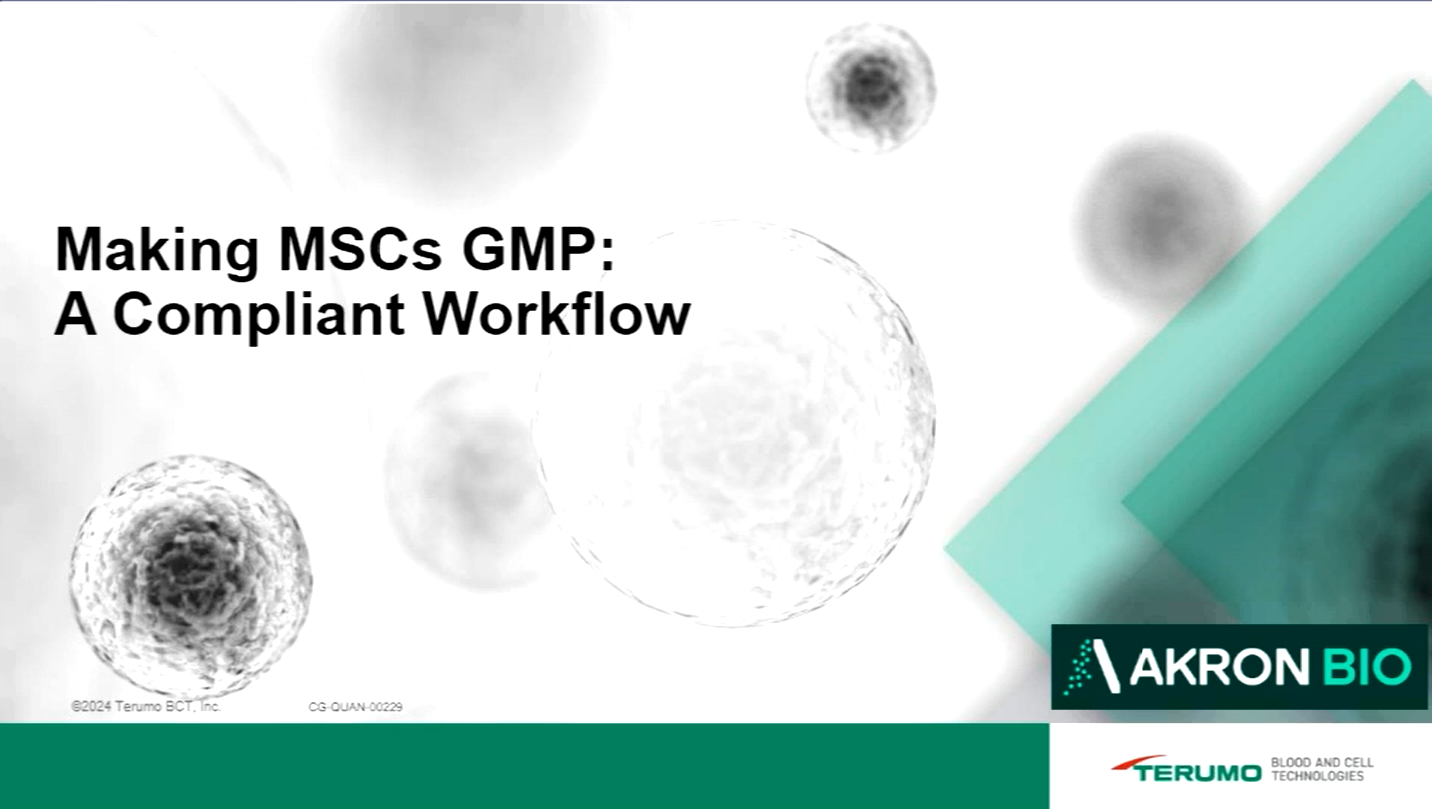
Induced pluripotent stem cells (iPSCs) offer immense medical potential1. With almost unrivalled levels of versatility, iPSCs can be modified into a diverse range of cell types in the human body – from the heart and liver to even the brain.
Along with the capacity to treat many types of cancer, iPSC derived therapies could make significant improvements to patients with neurodegenerative conditions, diabetes, heart issues, and autoimmune diseases.
In terms of the advantages of using iPSCs as a starting material, they have a capacity for self-renewal2 and unlimited proliferation potential, with the ability to be cryopreserved. There are well-established reprogramming and culture techniques, as well as clearly understood methods for genome editing and gene transfer.
Compared with embryonic stem cells, there are fewer ethical concerns. The need for animal testing is also reduced. iPSCs can be easily generated from a patient’s cells for autologous therapies. However, what sets iPSCs apart from other cell therapies is the capacity for allogeneic therapies – or from a donor – which could dramatically expand the market, the availability of products, and ultimately bring down costs.
The challenges with iPSCs development
Despite the potential, there are considerable challenges to overcome in iPSCs development and commercialization. iPSCs are a relatively new type of cell where understanding is developing.
IPSCs can be volatile and must be kept in precise conditions to ensure the pluripotency is maintained and there is no danger of them becoming a less desirable phenotype.
One of the main challenges is suppressing genetic mutations while achieving precise control of differentiation. The presence of atypical cells other than the desired differentiated cells must also be monitored stringently.
When scaling up batches of iPSCs, population-scale monitoring is required. It is essential to maintain quality as quantities increase. Within iPSCs development, there is the potential for pockets of differentiation. Therefore, it is vital to maintain a consistent microenvironment to avoid inducing differentiation in cells where it is not wanted. Conversely, if induced differentiation is required for cells, it is necessary to manage and control that closely. The risk of tumorigenesis must also be carefully managed.
“It’s similar to the off-target effects with gene modification,” explains Nathan Frank, senior research scientist at Terumo Blood and Cell Technologies. “Labs had great success modifying the genes they wanted to modify, but later noticed they were accidentally modifying genes that were non-target genes. And so, you always have to keep both aspects in mind.”
Traditionally, iPSCs were created by triggering cell changes using a virus. Yet this could lead to negative side effects. More recent innovations have enabled iPSCs to be reprogrammed through other means to reduce such impacts. While the optimum production of iPSCs is being refined, some are calling for the development of new approaches.
“I always encourage people to look at the quality of the final cell product. If that meets the standards, then we don’t need to get worried about slight changes in morphology,” says Frank.
“We use the hollow fiber bioreactor, but there are a lot of different options for iPSC expansion,” adds Frank. “And so, we have to break out of the dogma of what defines the appropriate way to culture these cells.”
Despite the challenges, notable progress has been made in a relatively short amount of time.
Breakthroughs in iPSC treatments
In Japan, the CiRA Foundation is a prime example of how the potential of iPSCs is being realized. The foundation created what is known as a “haplobank” of clinical-grade iPSCs3. From seven donors, who carry “HLA-homozygous” haplotypes, 27 iPSC lines have been generated3. These haplotypes can match immunological compatibility of many people, covering with approximately 40% of Japan’s population. Indeed, these iPSC lines have been used in more than 10 clinical trials3. Although many countries are more ethnically diverse than Japan, this clear is an example of the potential future enabled by iPSCs.
“We are focusing on rare diseases, solid tumors, and neurological disorders, particularly through the use of autologous iPS cells,” says Dr Tsukahara, Executive Director of CiRA Foundation.
“We aim to achieve a low-cost, high-quality cell production workflow through various methods – such as developing automated devices for the establishment of iPS cells,” explains Dr Yohei Hayashi, unit leader at CiRA Foundation.
It is still not fully known how iPSC-derived cells behave relative to their natural counterparts, with further research required.
“iPSC-derived cells tend to be immature to be functional since they are in an embryonic state,” adds Hayashi. “We may need to improve the functionality of iPSC-derived cells as mature differentiated cells or tissues. ”
To further the understanding of the iPSCs’ potential, the CiRA Foundation is involved in collaborations with universities and pharma companies.
“We are aiming to realize regenerative medicine using my iPS cells – derived from the patient’s own blood – is the ultimate approach to minimizing immune rejection,” says Dr Hayashi. “Creating an environment where CiRA Foundation can offer iPS cells to companies at fair prices tailored to each patient’s condition is a major step forward.”
Reducing the cost of cell therapies
The versatility of iPSCs also means that allogeneic therapies, or off-the-shelf products, could soon be available. With more products on the market, this could help to tackle the key issues of costs that is a major barrier for patients.
Two studies this year reported promising signs in treatments for Parkinson’s disease with allogeneic therapies. In separate studies by BlueRock Therapeutics and Kyoto University Hospital, researchers replenish neurons to patients’ brains damaged by Parkinson’s disease2. Processes combined human embryonic stem cells (hESCs) with iPSCs to create nerve cells capable of producing dopamine. Patients were administered the treatment straight into their brains. Neither trial reported any major safety issues2. Furthermore, all evidence suggested that not only did the cells survive and integrate, but they also produced dopamine4.
A number of other promising clinical trials involving iPSCs are in Phase II, as the advances in iPSCs build momentum towards marketing approval for potentially affordable cell therapies.
“It’s exciting that we can say they’re in Phase II,” adds Frank. “There is a lot of investment being put in here, and that’s going to drive the process a lot more quickly. The market could be enormous. It would be life-changing for so many patients.”
References:
1. Matin Chehelgerdi, Fereshteh Behdarvand Dehkordi, Chehelgerdi M, et al. Exploring the promising potential of induced pluripotent stem cells in cancer research and therapy. Molecular Cancer. 2023;22(1).
doi: https://doi.org/10.1186/s12943-023-01873-0
2. Meiser I, Alstrup M, Elham Khalesi, et al. Application-Oriented Bulk Cryopreservation of Human iPSCs in Cryo Bags Followed by Direct Inoculation in Scalable Suspension Bioreactors for Expansion and Neural Differentiation. Cells. 2023;12(14):1914-1914.
doi: https://doi.org/10.3390/cells12141914
3. Yoshida, Shinsuke, et al. A Clinical-Grade HLA Haplobank of Human Induced Pluripotent Stem Cells Matching Approximately 40% of the Japanese Population. Med (New York, N.Y.), vol. 4, no. 1, 13 Jan. 2023, pp. 51-66.e10, pubmed.ncbi.nlm.nih.gov/36395757. https://www.sciencedirect.com/science/article/pii/S2666634022004500
4. Grinstein, Jonathan D. “Parkinson’s Cell Therapies Are Safe in Two Clinical Trials.” Inside Precision Medicine, 18 Apr. 2025. www.insideprecisionmedicine.com/topics/translational-research/parkinsons-cell-therapies-are-safe-in-two-clinical-trials/. Accessed 26 Sept. 2025.



